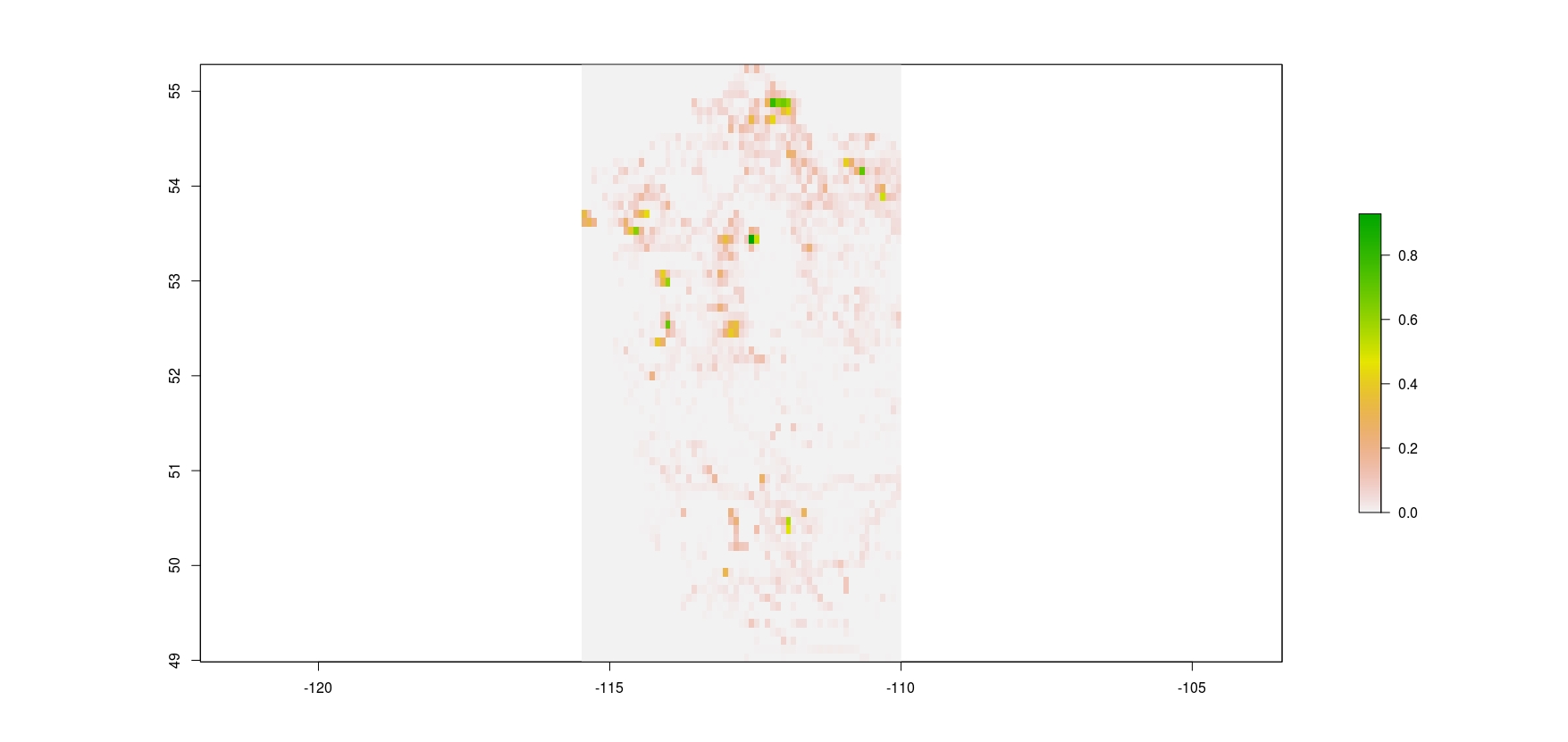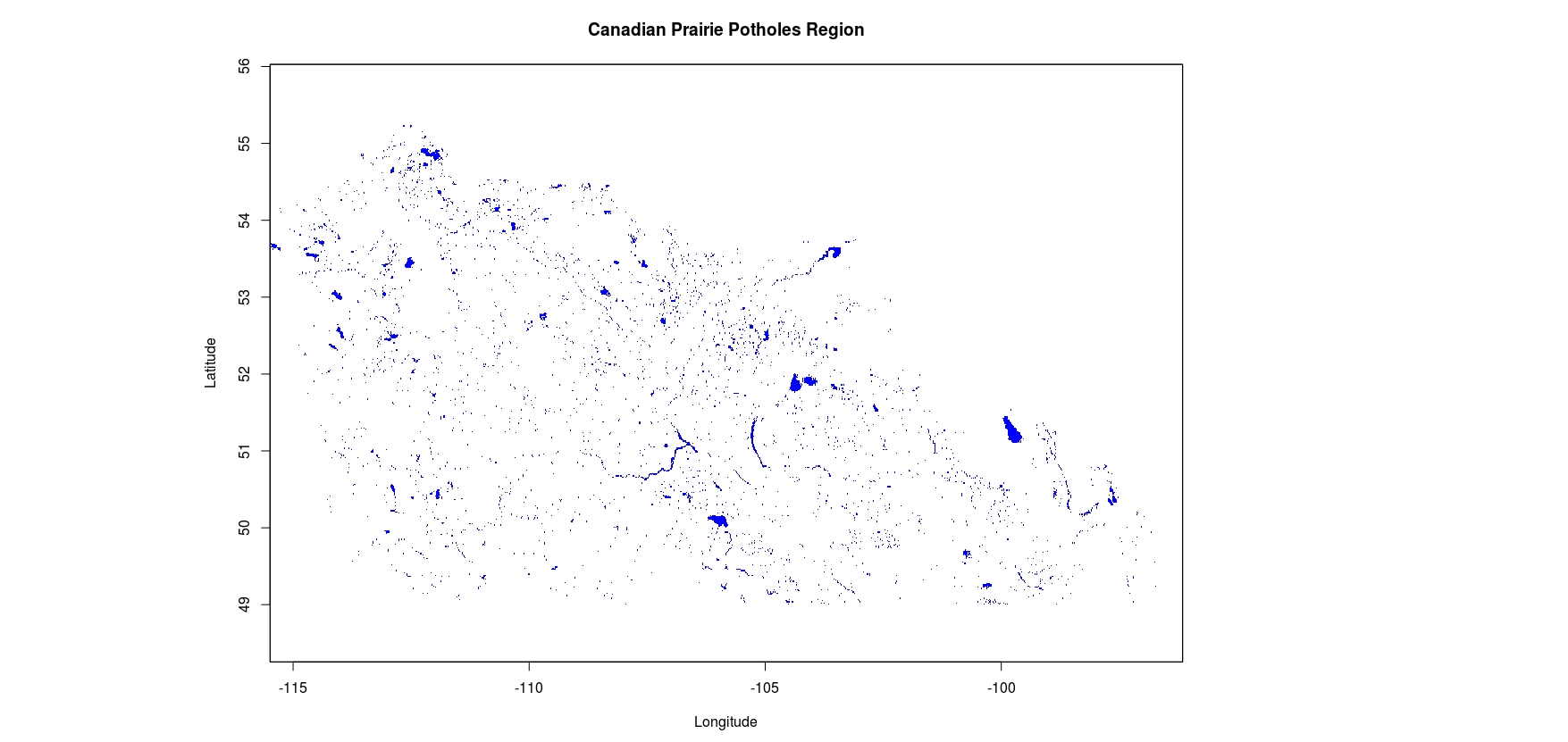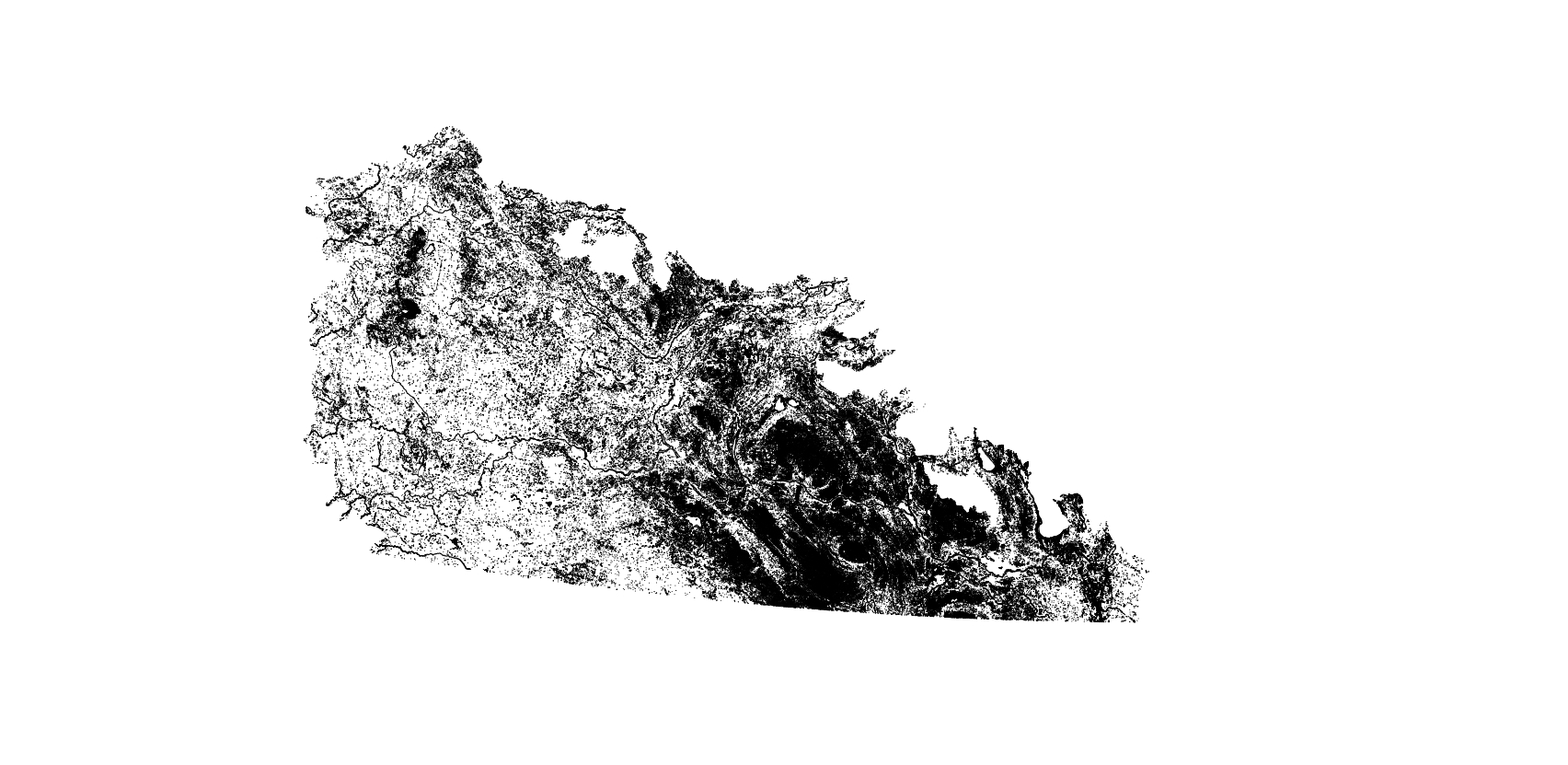I can’t say birding by ear was one of my natural talents: it took hard study because I wanted to learn it. Yet, with many hours, it paid off! I can’t recommend my favorite by ear guide enough:
Birding by Ear: Eastern/Central (Peterson Field Guides)
It taught me how to listen to bird song. I used to have it on an old iPod, which is lost somewhere in a pile of antique technology. So, I just ordered myself the CD copy, so I can have it to lend out and also remember why I liked it so much (UPDATE 9/18: it arrived, and I’m re-listening to it when I’m in the car).
As perhaps my latest posts have suggested, I’ve been interested lately in how we learn to identify birds, and best learning strategies. “By ear” is perhaps a great new place to explore, because most people aren’t auditory learners. So, it seems maybe there is more devoted “learning” here, that requires taking in information through what many consider to be a somewhat secondary sense.
Training my ear first required being able to classify song types as per the audio guide. Solidifying auditory memory included such experiences as watching a bird singing, and going out and testing my knowledge in the field (i.e. guessing a species by its song, and then visually confirming the bird’s identification). Then of course, there’s no substitute for time spent in field study. You hear variations, and continually gain familiarity with songs and calls.
A good place to go, if not obvious, is to keep tabs on what you don’t know. Once you listen to birds a lot, you can pick out subtle differences in chip notes. One of the first chip notes I learned (beyond the obvious and quite distinctive, e.g. cardinal) was perhaps unsurprisingly the species I focused on in my M.S. thesis: painted bunting. From following this species around all day and looking for nests, I started to learn the subtle difference in its chip note from everything else around. From there, of course the species from which I learned chip notes were those with a.) distinctive sounds and b.) those I encountered most commonly.
A current by-ear frontier for me is warbler chip notes, and nocturnal flight calls. There are of course some more distinctive and common than others (e.g. yellow-rumped warbler) that lend to learning through repeated exposure. Nocturnal flight calls are valuable to learn, because then you can listen to migrants passing overhead. I know the most basic and easiest of these, but still have plenty of study to do, which brings this full circle: birding is constant learning, which keeps it challenging and fun!


